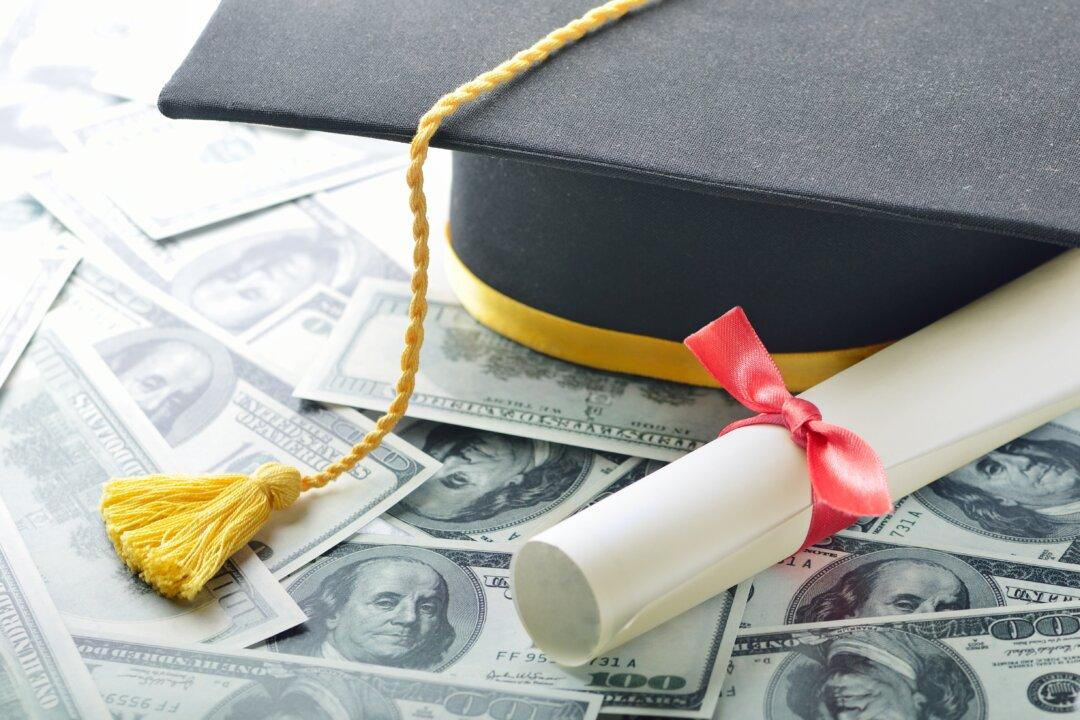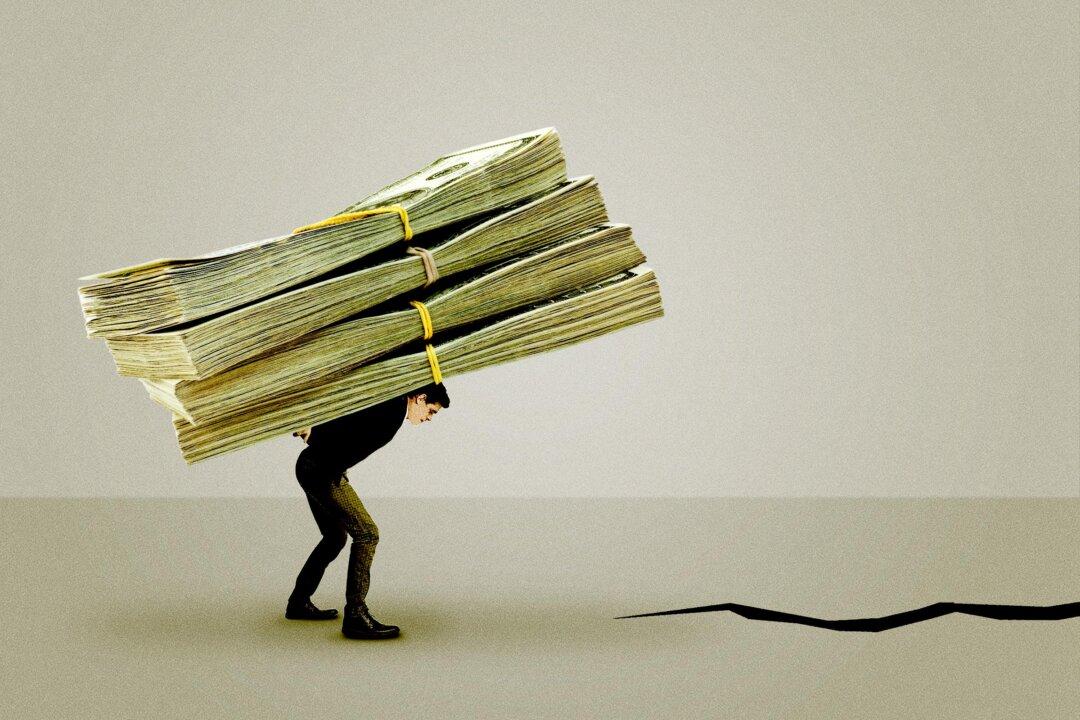The Concept of Fairness and Student Debts
One of the first things a toddler learns to say is “That’s not fair!” It turns out that the idea of fairness, a concept related to justice, is intuitive from an early age. Even 3-year-olds understand that merit is fundamental to fairness. Merit is the idea that “rewards should be distributed according to how much someone contributed to a task.” According to Harvard researchers, “merit seems to be an essential part of the earliest forms of fairness that children display.” This understanding allows children of an otherwise ego-centric age to reward the work of others, surprisingly, even at a cost to themselves.The problem is that this natural inclination can be easily perverted by the ego’s need for control and power; instead of rewarding those who work hard, it reaps the rewards for itself.






